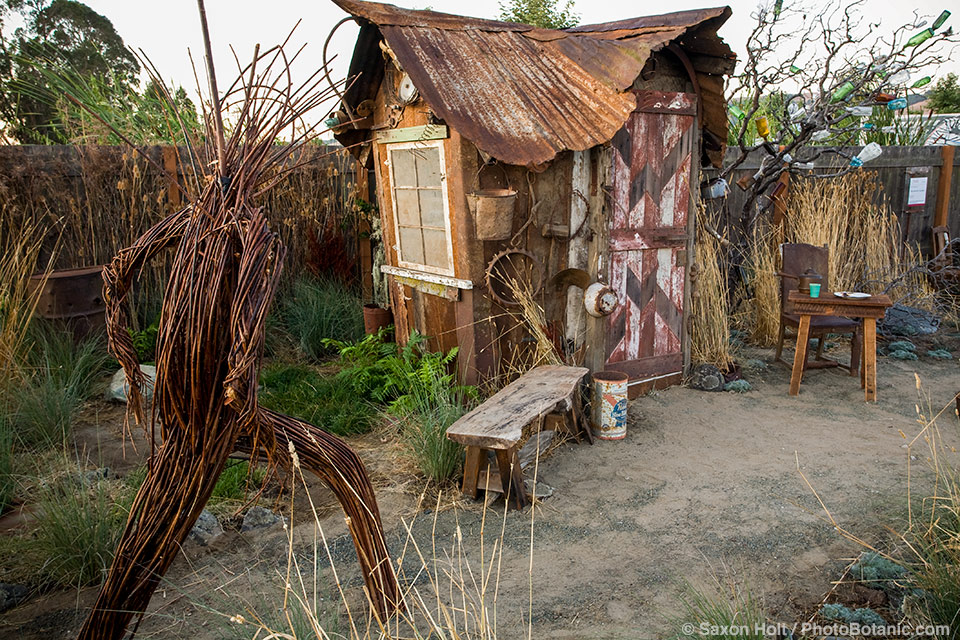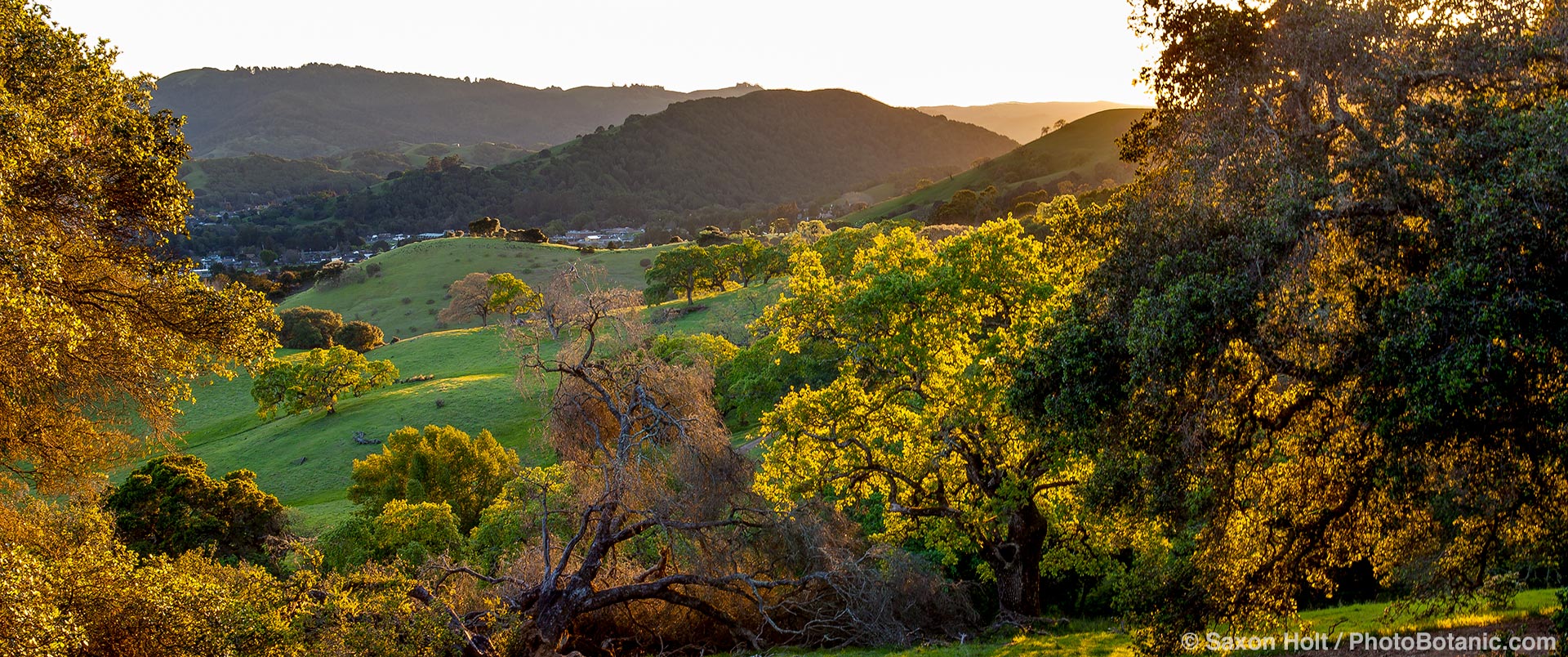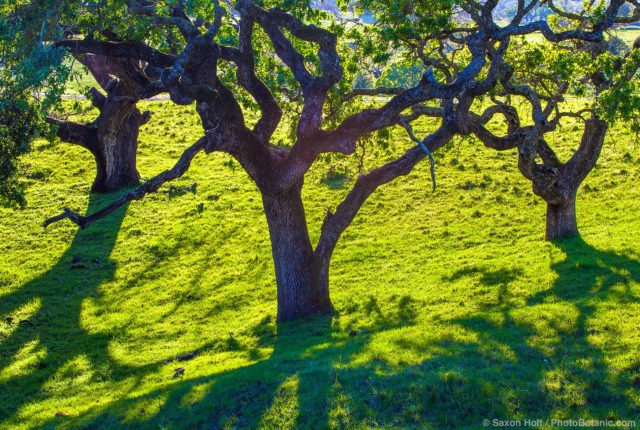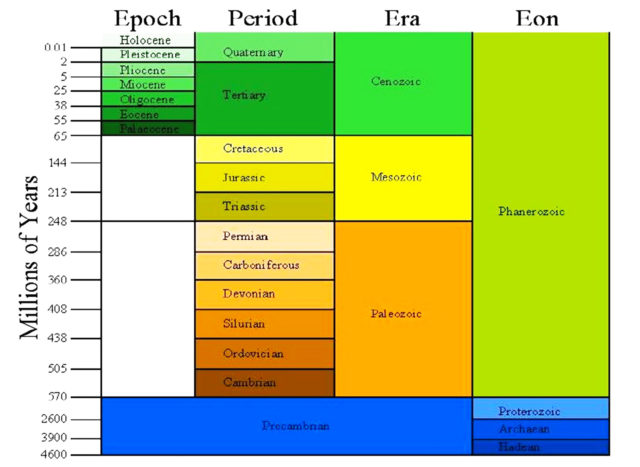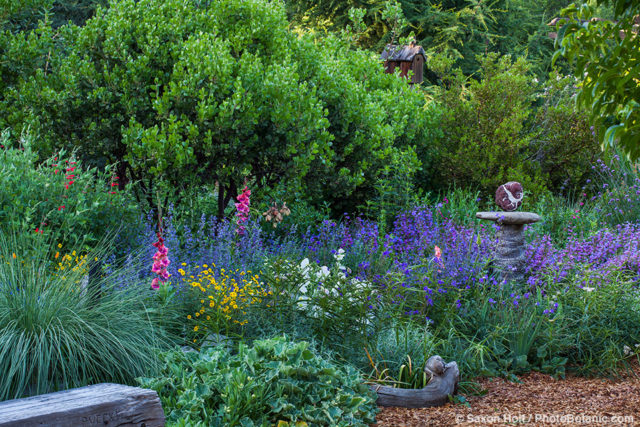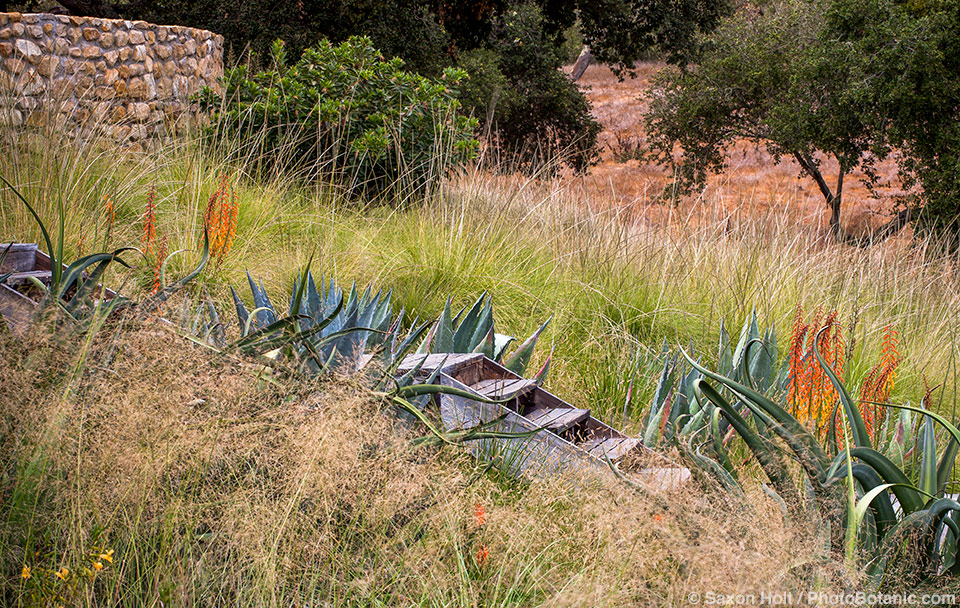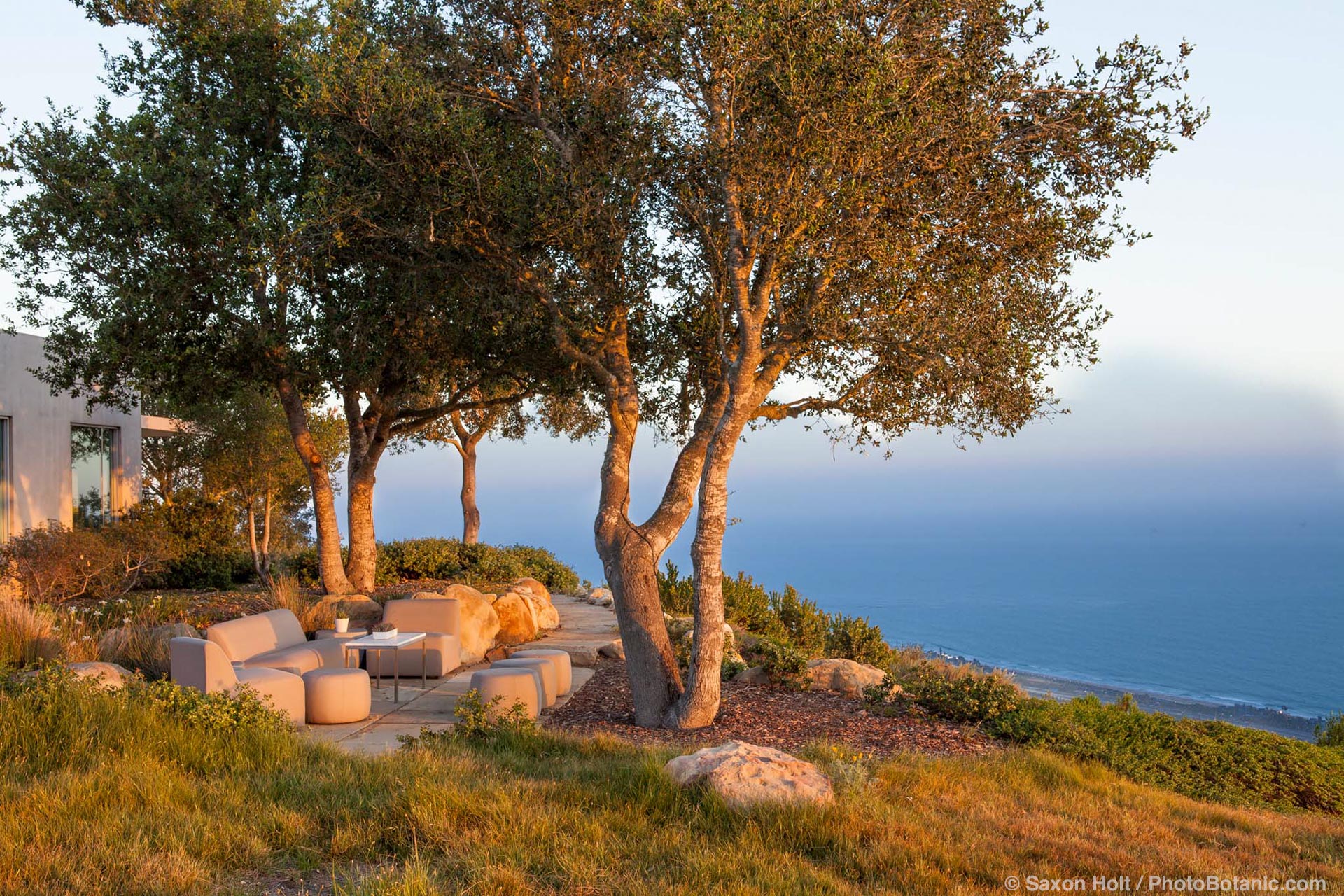“As our climate changes, so must our gardens”. So begins the description of the upcoming garden symposium in Santa Rosa, California, Changing Times, Changing Climate: Summit 2016 sponsored by Pacific Horticulture.
Whether in California or anywhere in the world that we garden, this message must be heard. Whether or not we agree on the causes, or the timetable, it is hard for anyone to deny the climate is changing, rapidly. We are not going to stop it, and there is no going back.
We already live in a post-wild world. Humans have so altered every part of every continent it is hard to define natural communities. The earth itself has become an inadvertent garden that we haven’t yet realized needs to be tended.
Native American burned the prairies, subsistence swidden farming (slash and burn) has long been practiced throughout the world, and rain forest deforestation continues. Native plant communities have so many alien plants in them it is hard to define what is natural or what is wild.
Thomas Rainer, the author (with Claudia West) of Planting in a Post-Wild World (book review) will be a speaker at the Changing Times symposium, argues persuasively that we need to acknowledge that the world is no longer wild, that designed plants communities are better adapted to changing times, and most importantly that gardeners can be considered ecological warriors, that we “need to embrace the reality that nature in the future will require our design and management”.
So, if gardeners are to be considered warriors then surely there is a war going on, and Garden Revolution is the title of another new book, this one by Larry Weaner (with help from Thomas Christopher) with the subtitle: “How our Landscapes Can be a Source of Environmental Change”. While it is hardly revolutionary to look to nature for garden inspiration, to have a garden book essentially ask us not to garden, not to pull weeds, not to till the soil, not to add amendments, is in indeed pretty revolutionary.
While both of these books have an important messages of ecologically driven design they sidestep dealing with the urgency of climate change. By almost all standards mankind’s unprecedented alteration of the earth has led to an entirely new geological Epoch, the Anthropocene. Yet it seems me we have ushered in a Period of climate change and mass extinctions so much that we have created a new Era. Shall we call this Era the Catastrophozoic ?
For anyone hiding from such thoughts I urge you to read The Sixth Extinction, by Elizabeth Kolbert, the calmly written Pulitzer Prize winning book about the climate train wreck unfolding every day. If you are a gardener, you might actually be prompted to action to help us save us from ourselves.
If you are a gardener, you might actually be prompted to action to help us save us from ourselves.
We must do something. We must change. Really, there is no choice. We cannot wait for government action, scientific solutions, miracles from God, or hope it will go away and we will awaken from the nightmare. Time has run out to prevent climate change, now we must plan for an uncertain future.
By “we” I mean gardeners. Gardens are proof of climate adaptability. While not necessarily comfortable with change, gardeners understand that gardens always change, that plants can adapt, that we can shape the land with the designed plant communities that Rainier refers to.
Gardeners tend to be optimists. You sort of have to be to think you can grow something. Gardeners will even try to grow things they can’t grow, several times, often denying the climate zone to try something for the sake of proving we can do it.
Yet this optimism has allowed some gardeners to ignore the apocalyptic implications of climate change. Things will certainly work out “in the end” – whether humans are part of Earth or not. So come on gardeners, let us become the Action Committee on Climate Change. Let’s apply our acceptance of change into actions.
We must involve all gardeners more actively promoting new ecological landscapes and promoting sustainability, a word I hope we never tire of using. For however lightly it might be used by marketers, greenwashers, and cynics, in a single word it encapsulates the only way we can manage our future.
Naturalistic gardens are already reservoirs of biodiversity for the surrounding degraded habitats and we need to think of them as oases, with every garden helping. I am afraid it is only too true that we have to look at the whole world as one garden and help nature along, as we had been “helping” all along before we underdstood the consequences.
All climates are changing and gardeners everywhere need to work with local challenges, try new things, and report actively on successes. We have no choice but to adapt, so let us be proactive about gardening and actively seek gardens that will support changing times.
After the revolution the earth will still be here. How will we inhabit it in a post-wild world ?

